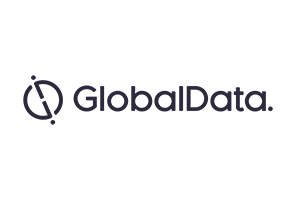
The ovarian cancer market is expected to quadruple, increasing from $1.2bn to $5.2bn in value by 2025, according to a report by GlobalData.
Titled ‘OpportunityAnalyzer: Ovarian Cancer – Opportunity Analysis and Forecasts to 2025’, the report covers the ovarian cancer space across the seven major markets of the US, France, Germany, Italy, Spain, the UK, and Japan.
The ovarian cancer market is forecast to grow at a compound annual growth rate (CAGR) of 15.5% over the forecast period. The main factors driving the growth include the establishment of new standard-of-care (SOC) maintenance therapies for newly diagnosed and recurrent patients.
SOC therapies will, in turn, drive sales of poly-ADP-ribose polymerase (PARP) inhibitors and immune checkpoint modulators. Efficacy data of these drugs in the treatment of patients with deleterious germline or somatic BRCA mutations is expected to justify their expensive price tags.
AstraZeneca’s Lynparza (olaparib), for example, remained the sole PARP inhibitor in the market for approximately two years until the launch of Clovis Oncology’s Rubraca (rucaparib) in December 2016.
Lynparza is prescribed as fourth-line treatment of patients with a germline BRCA mutation in the US, while Rubraca is indicated as third-line treatment. With positive results from the Phase III SOLO2 study, AstraZeneca’s Lynparza may emerge as a second-line maintenance treatment.
How well do you really know your competitors?
Access the most comprehensive Company Profiles on the market, powered by GlobalData. Save hours of research. Gain competitive edge.

Thank you!
Your download email will arrive shortly
Not ready to buy yet? Download a free sample
We are confident about the unique quality of our Company Profiles. However, we want you to make the most beneficial decision for your business, so we offer a free sample that you can download by submitting the below form
By GlobalDataDespite the efficacy of PARP inhibitors, a number of concerns regarding their usage still remain unanswered. Issues such as the treatment pathways for which PARP inhibitors can be used and whether the inhibitors can be used after chemotherapy, as monotherapy or in combination, need to be addressed.
GlobalData healthcare analyst Marc C. Hansel states that drug developers can differentiate themselves from other players and succeed in the market by addressing these issues and by providing robust efficacy and safety data.







